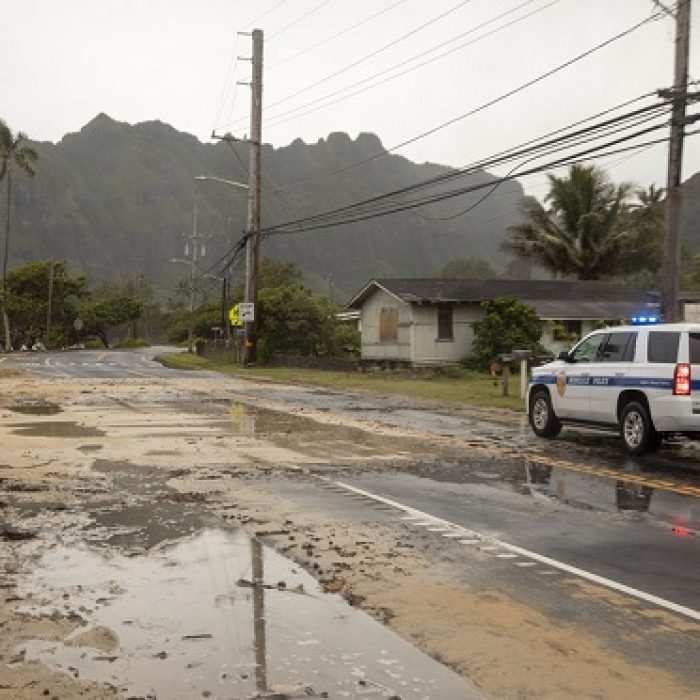July 27, 2020 at 12:14 PM
Hanna, 2020’s first Atlantic hurricane, made landfall on Padre Island Saturday (July 25) evening, bringing “life-threatening” storm surges, flooding rains and tree-toppling winds to south Texas.
The storm came ashore, moving west-south-west at about 8 miles per hour, with 90-mile-per-hour (145 kph) winds, the National Hurricane Center said in an advisory.
A Category 1 storm, the lowest on the five-step Saffir Simpson scale, much of Hanna’s damage likely was caused by dangerous storm surge and flooding inland rains. Video of flooded and streets blocked with debris have been posted on Twitter. Texas Governor Greg Abbott issued a disaster declaration for 32 counties in Hanna’s path.
Three other named Atlantic storms have hit the U.S. in 2020 so far but at below hurricane strength. The storm could have an impact on cotton crops in the region. Still, Hanna’s most powerful winds were rather compact, stretching just 25 miles from its center, said Ryan Truchelut, president of WeatherTiger LLC in Tallahassee, Florida.
While Hanna has prompted some offshore rigs to evacuate, the impact on oil and natural gas production in the Gulf of Mexico has been muted.
Hurricane Douglas
Hanna wasn’t the only weather threat this weekend.
Hurricane Douglas moved passed Hawaii Sunday evening, sparing the island chain from its worst effects but with some bands of rain and wind making landfall, said The Weather Channel.
As of Monday, Douglas is about 600 miles north of Lihue, Hawaii, moving west-northwest at 16 mph and maintaining maximum sustained winds of 90 mph, according to the U.S. National Hurricane Center (NHC).
Meanwhile, compact Gonzalo fell apart near the Caribbean Windward Islands. Forecasters are also watching a tropical wave of thunderstorms moving off Africa that has a 70% chance of becoming Isaias, 2020’s ninth named storm.
“The tropical wave is a major concern for the week ahead,” Truchelut said. “This system is likely to develop, and may target the Southeastern U.S. in around 10 days.”








